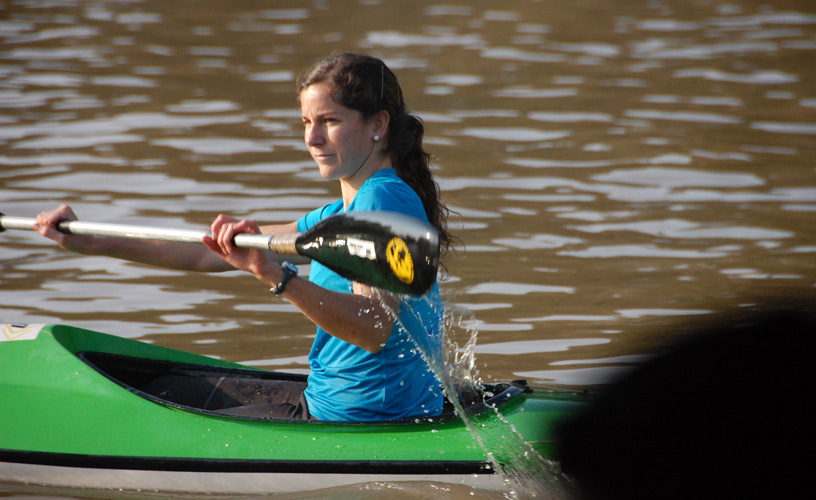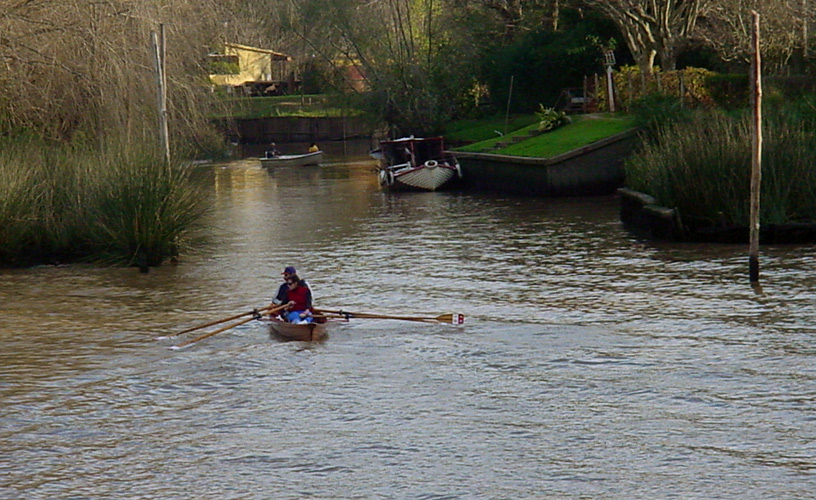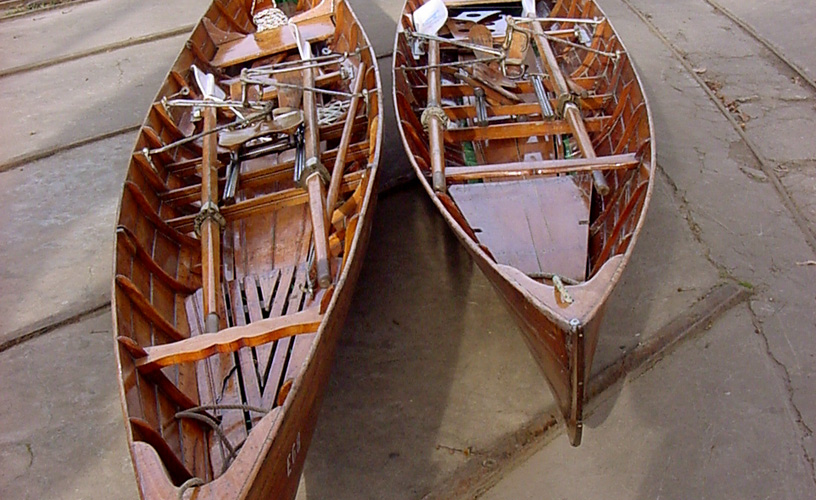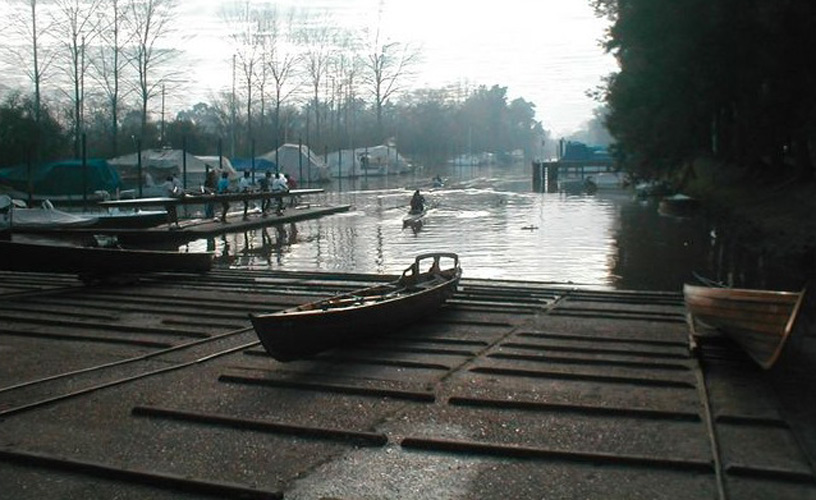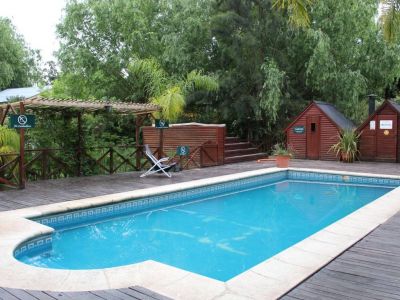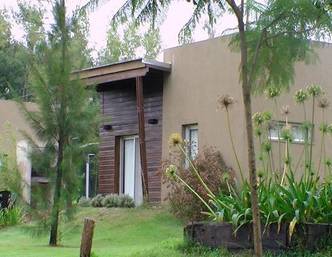From Hire Boats to Sports Spirit
Almost 300 years ago, the English rivers were the best means of communication when compared with the horse and the carts. In those days, this means was chosen because the roads would become impassable on rainy days. And there would be months, and even seasons, during which the weather would be wet all the time.
In the early XVIII century, when England had scarcely six million inhabitants, over 400 thousand watermen would make a living in the rivers close to the city.
Naturally, this began to create an atmosphere of competition in the river, which would be translated into an economical surpluss: the fast tours would be very well-paid and, thus, the first competitions among the rowers started, so that they could see who would be the best paid. And the first regattas began, accompanied by strong bets in favor of one or other rower. A natural relationship between the begining of sports and games of chance.
Rowing Clubs in Tigre
In 1775, the most ancient regatta ever recorded took place at Ranelagh (England). However, it was not until 1829 that the first official regatta was held, among the universities of Oxford and Cambridge, before more than 20,000 attendants.
The comformation of clubs, associations and societies gave way to the creation of national and international rowing federations which would furnish sport with codes of their own, as well as universal codes.
Tigre, the Cradle of Rowing in Argentina
In 1873, the famous mobile seat that led these small crafts to fame had already appeared. The boats were customized. They changed from the Canadian canoe to the yoal, from the yoal to the wherry, from the wherry to the gig and from the gig to the outrigger.
Domingo Faustino Sarmiento, a real lover of the delta and the life on the islands, was invited to attend one of the first regattas organized for amateurs and the public in general on December 10, 1873. The story goes that six days after the successful competition, they gathered up at the “Gimnasium” café, located on the corner of Corrientes and Florida Streets in downtown Buenos Aires and they founded the “Buenos Aires Rowing Club”, which would later become the national rowing school in Argentina.
As time went by, other clubs were created, such as “Club de Regatas La Marina” (1876), “Tigre Boat Club” (1888) and “Club Teutonia” (1890); then, other clubs formed by members of several communities of immigrants arriving to prosperous Argentina followed, namely: the “Rowing Club Argentino” (1905), the “Club Canottieri Italiani” (1910), the “Club de Remeros Escandinavos” (1912), the “Club de Regatas Hispano-Argentino” (1913), the “Nahuel Rowing Club” (1916), the “Club Suizo de Buenos Aires” (1913), the “Club de Regatas América” (1920), the “Club de Regatas Lavaron” (1920), the “Club Náutico Hacoaj” (1935) and the “Club San Fernando” (1923).
Their corresponding names and foundation dates make up the “Rowers’ Monument”, which is right in the intersection of the Lavalle-Victorica Promenade. However, in fact, we should talk about the Tigre and the Luján Rivers, as the real story of this beautiful sport was written inside the water.
The Lavalle-Victorica Promenade offers the possibility of enjoying a stroll on the banks of both rivers and watching the small rails that transport these beautiful wooden boats from the clubs to the water. It only takes a look at their perfect and fast pace to understand why rowing was one of the sports to cause the biggest enthusiasm among the porteño youths from the early XX century.
Pablo Etchevers
Pablo Etchevers
